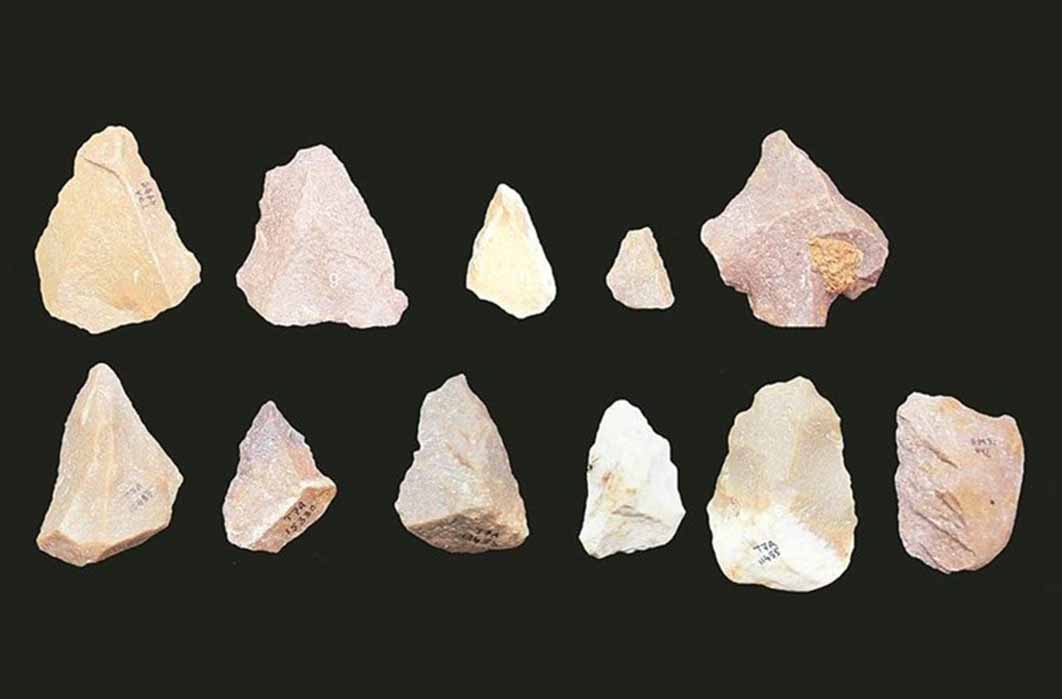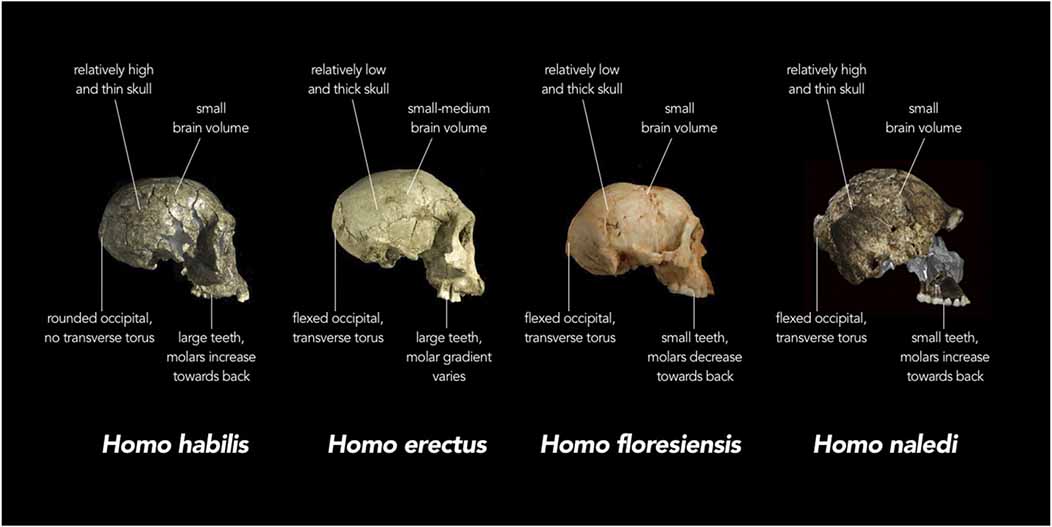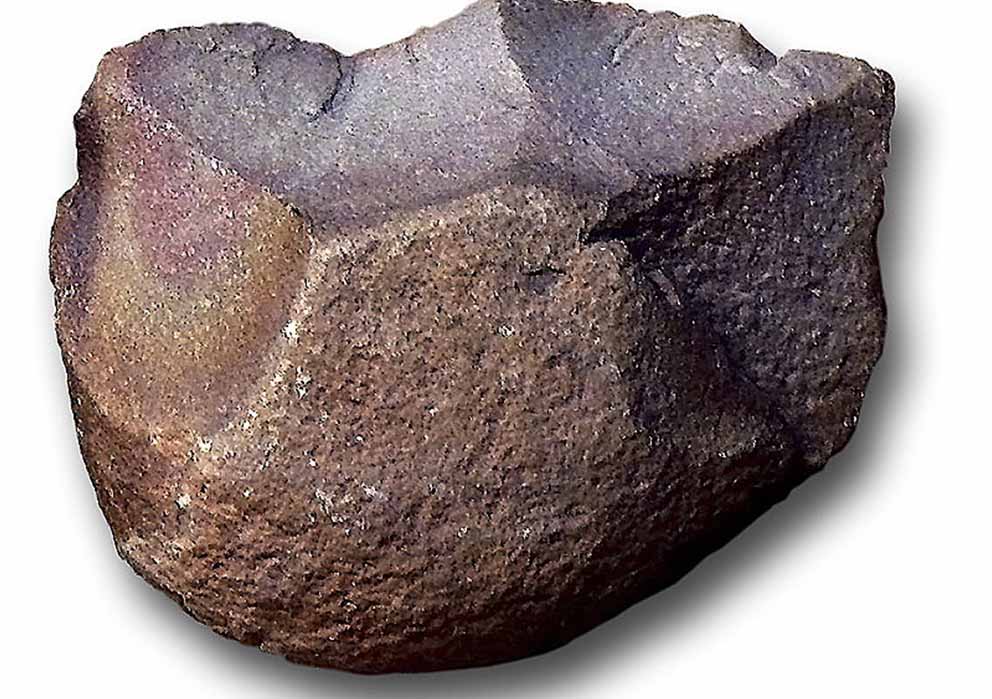
Blades of Destiny: The Ancient Tools And Weapons That Crafted History
It is widely accepted that Homo sapiens were the first species to develop effective tools, but humans were not the first primate to make or use stone tools. That achievement belongs to an unidentified species that hunted and fished along the shores of Lake Turkana in Kenya around 3.3 million years ago, some 700,000 years before the earliest members of the Homo genus emerged.

Replica crania of various Homo species showing the differences in cranial structures. (Chris Stringer/CC BY-SA 4.0)
Developed by ancient hominins across Africa during the Lower Paleolithic period, between 2.6 million years ago up to at least 1.7 million years ago, the Oldowan was the first stone tool ever used. Examples of so-called Oldowan and Acheulean tools were discovered at a hunter’s camp in Gona in the Afar Region of Ethiopia dating from 1.5 and 1.26 million years ago and while it remains unknown which species created and used the first Oldowan tools most scientists agree that it was Australopithecus garhi, and that the technology was developed by H. habilis and H. ergaster, with early Homo erectus inheriting Oldowan technology around 1.7 million years ago.

The oldest known Oldowan tools have been found in Gona, Ethiopia (near the Awash River), and are dated to about 2.6 million years ago. (Public Domain)
The development of tools is closely related to the evolution of human physiology, and researchers have long debated the biological and behavioral similarities and differences between anatomically modern Homo sapiens and Neandertals. A 2001-paper published in the Proceedings of the National Academy of Sciences was the first to point out the key differences in hand anatomy demonstrating how early modern humans had several manipulative advantages that contributed significantly to the group's evolutionary success.
Getting to this conclusion Dr. Wesley A. Niewoehner of the University of New Mexico studied a group of 100,000 years-old-hand remains from Near Eastern Neandertals and compared these with samples from early modern humans. This research demonstrated that “the Neandertal hand had broader fingertips, pronounced crests for muscle attachments and greater thumb leverage, among other things was well suited to forceful "transverse power grips," such as those used in gripping a hammerstone. In contrast, the early modern hands had larger thumb bases, index and middle fingers which were better adapted for oblique power gripping hammer handles and wielding hafted tools.”

Example of an advanced hafted Neolithic hafted stone axe. (Wellcome Institute / CC BY-SA 4.0)




